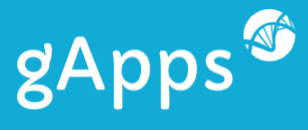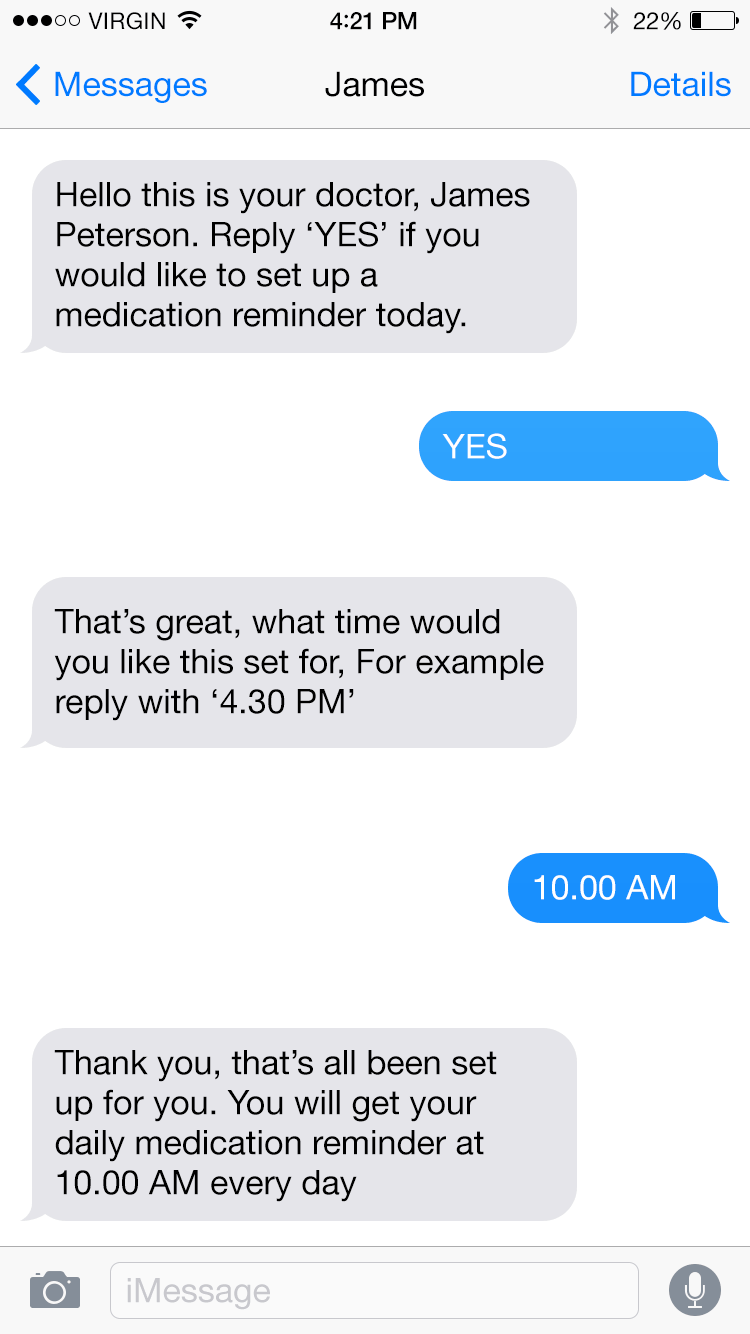Medical Device Regulation (MDR) is postponed until 2021
The new European Union regulations for medical devices will now come into full force on May 26th 2021. Which will be music to the hears for many medical device manufacturers considering a lot of Notified Bodies were struggling to cope with the increase in demand to help companies transition to the new regulations, which were due to come into full effect in May 2020. In fact, some of them were no longer accepting new applications for ISO 13485 certification, as they did not have the resources available.
Transitioning from the Medical Device Directive (MDD) to the Medical Device Regulation (MDR) has kept the med tech and pharma sectors extremely busy over the last couple of years. The MDR introduces some significant changes to the way in which medical devices, especially medical device software and apps can be legally marketed within Europe and this has created some considerable challenges for some of the smaller, more entrepreneurial driven companies.
So why the delay? Basically COVID-19 is behind it all. The EU wanted to ensure that there would be no delays in getting new devices like respirators onto the market to help prevent shortages of life-saving equipment in hospitals that are treating patients with Coronavirus.
What are the key changes?
The new Medical Device Regulation (MDR) and the related In-Vitro Diagnostics Regulation (IVDR) was introduced in 2017 and organisations were allowed this 3-year period to be able to transition and comply with these new regulations. The MDR replaces the previous MDD and one of main areas it has impacted is in the development of medical apps and eHealth software.
As a results of the new rules and criteria that have been incorporated into the MDR many medical app developers will now be facing a situation whereby their app is not compliant. We’ve seen rapid growth in the number of health and medical apps that have been developed and launched on the app stores over the last 5 years. Unfortunately, the Competent Authorities in each country (like the MHRA in the UK) who are responsible for ensuring that any medical device that is placed on the market is safe to use were late to catch-up with the boom that has taken place in the medical app development sector. This has meant that many of these health and medical apps that have been placed on the app stores prior to the launch of the MDR will now be classed as medical device software (MDSW) and the developers will now need to obtain the proper certification in order to keep marketing those products legally to customers.
Article 19 of the MDR states:
It is necessary to clarify that software in its own right, when specifically intended by the manufacturer to be used for one or more of the medical purposes set out in the definition of a medical device, qualifies as a medical device, while software for general purposes, even when used in a healthcare setting, or software intended for life-style and well-being purposes is not a medical device. The qualification of software, either as a device or an accessory, is independent of the software’s location or the type of interconnection between the software and a device.
Furthermore, those manufacturers that have their devices already CE Marked (under the MDD) may find that the classification of their device has changed under the MDR. Many Class I devices will now be upgraded to a Class IIa device and this change will significantly impact many smaller manufacturers and mHealth start-ups. This is because if your device is Class I then in most cases you won’t need to have a conformity assessment carried out by a Notified Body, you can do a self-assessment. As the legal manufacturer of the medical device software / app it is your responsibility to demonstrate that the medical device meets the requirements in the MDR or IVDR by carrying out a conformity assessment. The assessment route depends on the classification of the device, so that is the first thing you will need to do.
To summarise the top-line process for bringing a medical device software or app to market would typically be as follows:
- Classify your device (i.e. Class I, Class IIa, Class IIb, Class III etc)
- Pass a conformity assessment
(Self-assessment for Class I medical devices and Notified Body approval is required for Class IIa upwards) - Draw up a declaration of conformity (Annex IV of the MDR and IVDR)
- Place a CE mark on the device
- Assign a Basic UDI-DI and provide it to the UDI database.
- Submit key information about the manufacturer, and authorised representative and importer if applicable, to the electronic system (Eudamed).
- Place your CE marked device anywhere in Europe or put your device into service
Closing thoughts
As I have pointed out the changes that are going to be introduced in May 2021 will impact some manufacturers more than others, mainly smaller mHealth start-ups and mobile app developers. This is because adherence to the various harmonised quality and data protection standards are going to dictate that those businesses re-design their software development, risk and quality management processes in order to comply with the MDR. This will not only take time to implement but will also incur additional costs through obtaining the correct certifications and involving Notified Bodies as part of the conformity process. Finding the right app or software developer and compliance experts to work alongside you to help you to create all the appropriate documentation is going to be key but be warned these specialist businesses are already stretched and their high demand has driven up the price of their services so it may be more economical for you to invest in and develop these skills in-house. Our medical & health app developer directory could act as a useful starting point to help you find suitably skilled app developers and compliance experts that you can bring on board as part of your medical device software development team.


